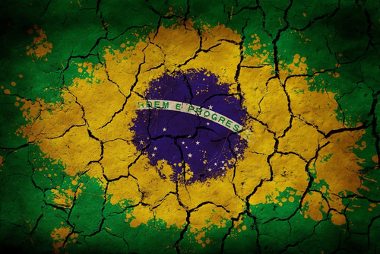RIO DE JANEIRO, BRAZIL – If Brazil’s government does not start now a program to ration energy consumption, the country runs a serious risk of having blackouts in the electrical system, like what happened in 2009, according to the executive director of NEAL, Negócios de Energia Associados, Edvaldo Santana. That year, a breakdown left about 90 million people in the country and 90% of Paraguay without power for a few hours.

A former director of the National Electrical Energy Agency (Aneel), Santana says that the options raised by the government so far to increase supply, such as activating thermal plants and energy imports, are not enough to meet consumption in the coming months.
The specialist, who was also the president of the Association of Large Industrial Energy Consumers and Free Consumers (Abrace) commented on the energy generation offers available in the coming months. Currently, the Tucuruí (PA) and Belo Monte (PA) hydroelectric plants “are sending a lot of energy”, but this will change starting in July, he said.
The first and most important condition for energy production in hydroelectric plants is the flow of the rivers, that is, the volume of water available. In rainy periods, when there is a significant increase in the volume of water, the energy production in the hydroelectric plants increases.
But in the North region the rainy season diminishes from July on. The two hydroelectric plants generate 11 average gigawatts (GW), a supply that will practically “disappear” as of the second half of the year, due to the dry period, Santana observes.
Another aspect mentioned by him is the use of thermal power plants to meet consumption – more expensive energy compared to hydroelectric power. The current thermoelectric generation alone would not cover this additional generation needed for the coming months, nor would the generation of renewable energy.
The specialist affirms that the government can hold auctions to contract new thermal plants, but this process is not fast. “I don’t see a thermal plant coming into operation in less than two months. And, until then, the water [needed for the hydroelectric plants] will be gone,” he said.
In the case of energy imports originating in Argentina and Uruguay, Santana noted that until about two weeks ago, Brazil was exporting energy to Uruguay. “And Uruguay is small, a third of the way south of Brazil, practically. There is no surplus there” said the expert, noting that if the country faces a period of drought in the coming months it will have the same difficulty as Brazil in dealing with power generation.
In the case of Argentina, exportable energy is generated from gas, and Santana has doubts about the country’s “political will” to do business with Brazil, given the troubled relationship between the rulers of both countries.
“We are only seeing the situation from the supply side [of energy]” he warned, adding that, in his understanding, if the supply of energy does not react “the way the government wants” the solution to get around the crisis would be to look at demand.
Santana defended actions that could lead to an average of 8 GW savings by October to prevent the risk of possible blackouts similar to those of 2009. The government could stimulate consumers to reduce energy consumption, for example. However, even he acknowledged that, with the information about government resources, this possibility doesn’t seem very feasible.

